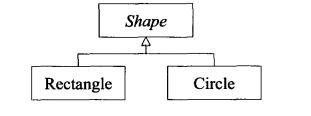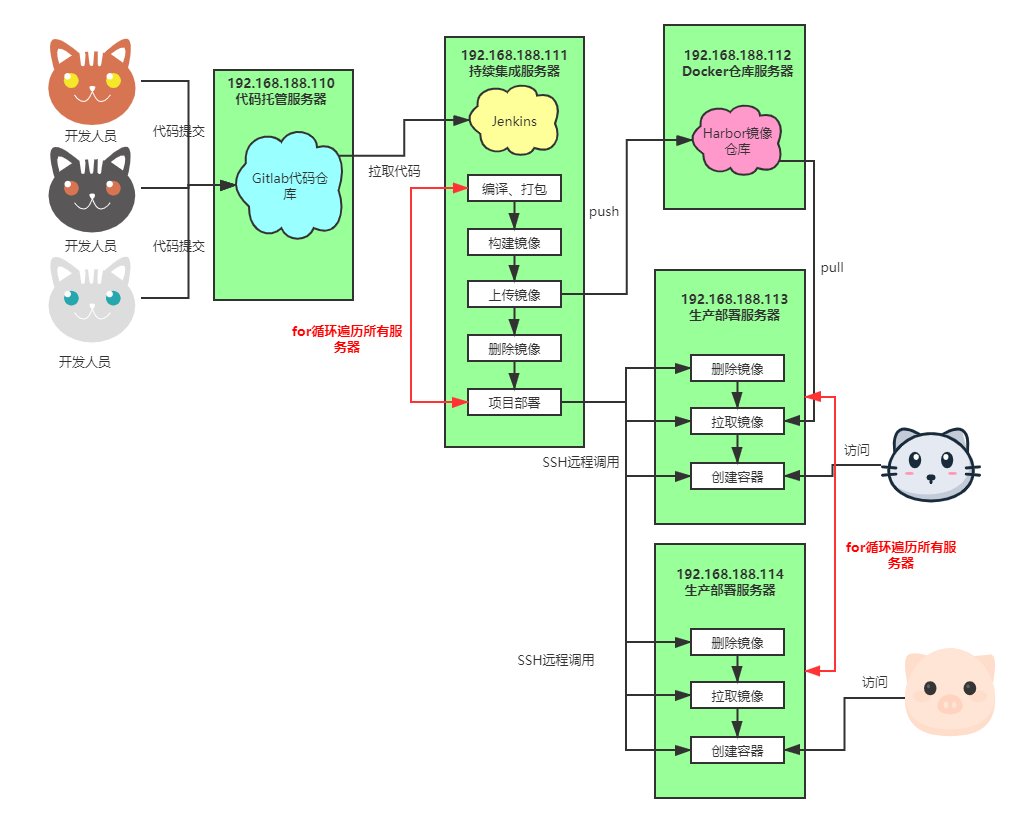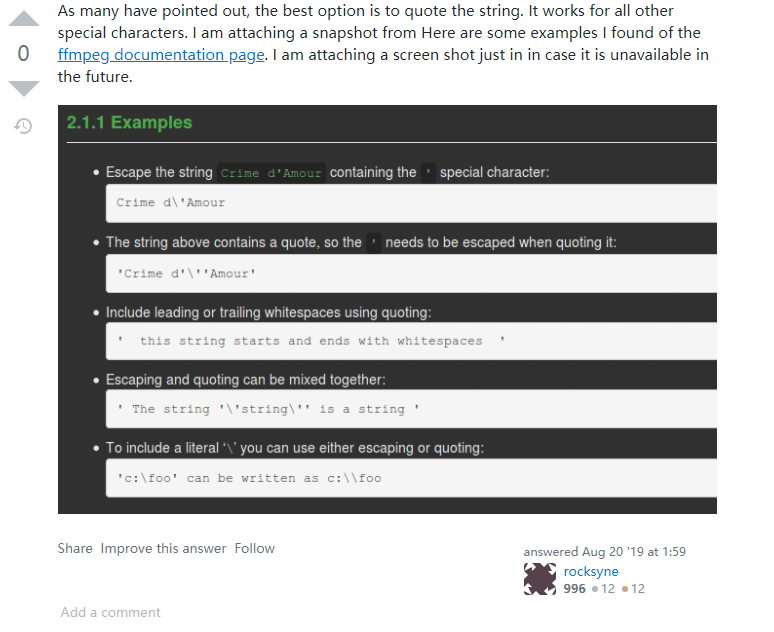JDBC使用模板
//1.导入驱动jar包 //2.注册驱动 Class.forName("com.mysql.jdbc.Driver"); //3.获取数据库连接对象 Connection conn = DriverManager.getConnection("jdbc:mysql://localhost:3306/school", "root", "123456"); //4.定义sql语句 String sql = "update user set username = 'qiqi' where userId = 1"; //5.获取执行sql的对象 Statement Statement stmt = conn.createStatement(); //6.执行sql int count = stmt.executeUpdate(sql); //7.处理结果 System.out.println(count); //8.释放资源 stmt.close(); conn.close();public static void main(String[] args) { Connection conn = null; Statement stmt = null; try { //1.导入驱动jar包 //2.注册驱动 Class.forName("com.mysql.jdbc.Driver"); //3.获取数据库连接对象 conn = DriverManager.getConnection("jdbc:mysql:///school", "root", "123456"); //4.定义sql语句 String sql1 = "update user set username = 'zhier' where userId = 2"; String sql2 = "Insert into user(userId,username,password) values (3,'sansan','123456')"; String sql3 = "delete from user where userId = 3"; //5.获取执行sql的对象 Statement stmt = conn.createStatement(); //6.执行sql int i = stmt.executeUpdate(sql3); //7.处理结果 System.out.println(i); } catch (ClassNotFoundException e) { e.printStackTrace(); } catch (SQLException throwables) { throwables.printStackTrace(); }finally { //8.释放资源// stmt.close();// conn.close() if (stmt != null){ try { stmt.close(); } catch (SQLException throwables) { throwables.printStackTrace(); } } if (conn != null){ try { conn.close(); } catch (SQLException throwables) { throwables.printStackTrace(); } } } }



































还没有评论,来说两句吧...